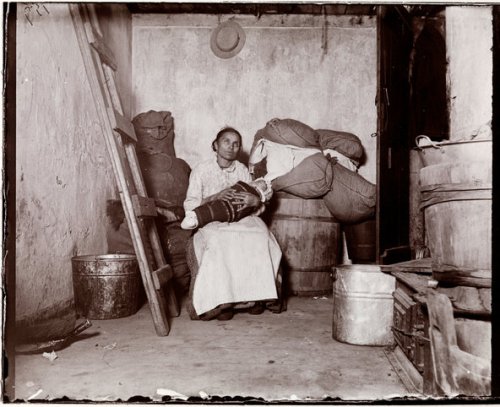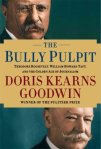By Chris Daly
One of the greatest Irish-Americans in the history of U.S. journalism is one who is not often remembered today: S.S. McClure.
After making money in the syndication business, McClure sent on to found one of the most important magazines in American history, the eponymous McClure’s Magazine. More than any other magazine, his was at the heart of the Muckraking movement at the start of the 20th Century. He hired or published Ida Tarbell, Lincoln Steffens, Ray Stannard Baker, and other pioneers of investigative journalism. The January 1903 issue of McClure’s Magazine was one of the greatest single issues ever published. 
Here is an excerpt from my new book (on sale now!), called Covering America, which is a narrative history of 300+ years in journalism.
As a coherent national movement, muckraking can be traced to the year 1902. The setting was a monthly magazine called McClure’s, which had been founded by S. S. McClure, an Irish-born journalist, in 1893 in New York City. Sam McClure was a pioneer in a new kind of publication then sweeping the country. Although magazines had been published in America for more than a century, they generally steered clear of journalism and focused instead on literature, fiction, ladies’ fashion, or housekeeping hints. Traditional magazines like the Atlantic Monthly, Scribner’s, or Harper’s were also typically quite expensive in price and conservative in outlook. But starting in the 1880s, a new kind of magazine appeared. Thanks to dramatic drops in the cost of paper, magazines could now be priced to reach middle- and working-class audiences. And thanks to the halftone engraving process, they could print extensive displays of photographs. It is also important to note that, unlike even the biggest daily newspapers, which were rarely distributed far beyond their home base, these magazines circulated around the country. The emergence of cheap, well-illustrated monthly magazines created the possibility, for the first time, of a mass national audience focused on news and public affairs. Until the advent of radio networks in the 1920s, such magazines were the only truly national outlet for journalism.
Still, it took some initiative to capitalize on this new possibility and to turn it in a politically progressive direction. That was precisely where Sam McClure, after making a fortune in syndication, led the way. One of McClure’s first hires for his magazine was a young woman named Ida Tarbell, who spent most of the 1890s working on lengthy serialized biographical sketches—first of Napoleon, then of Lincoln. Two other key additions were a contributing editor, veteran Chicago reporter Ray Stannard Baker, and a managing editor, Lincoln Steffens, hired in 1900. In January 1903, McClure’s Magazine assembled an issue that has been called the most famous in American magazine history. It contained three articles that became recognized as classics of modern muckraking: part three of Tarbell’s history of John D. Rockefeller’s Standard Oil trust, Steffens’s exposé of municipal corruption in Minneapolis, and an article by Baker on a brutal coal-mining strike in Pennsylvania—all accompanied by an editorial written by McClure that attempted to frame the entire issue as one that raised serious questions about American society. “Capitalists, workingmen, politicians, citizens—all breaking the law, or letting it be broken. Who is left to uphold it?” he asked. “There is no one left; none but all of us.”
Tarbell’s nineteen-part series on Standard Oil became a sensation and set the standard for the techniques of exposé. Tarbell, who had grown up in the oil fields of western Pennsylvania, where Rockefeller built his business, was a scrupulous researcher, and she relied heavily on official government documents and court records to build the case against him. Rockefeller’s companies had been sued and investigated for many years, and there was an extensive paper record dispersed across dozens of courthouses and state agencies, but no one had committed the time and expense (McClure sank an astonishing $50,000 into the project) to pull it all together in a dramatic narrative for a national audience. Tarbell’s account was quickly published in book form, and two years later, the administration of Theodore Roosevelt filed a federal antitrust suit against Rockefeller’s Standard Oil. For McClure’s Magazine, the impact was also great. From a circulation of about 370,000 in 1900, the magazine shot past half a million after it began running exposés.
Soon, others joined in. Journalists began looking into child labor, race relations, lynching, prostitution, and an array of other social ills. . .




